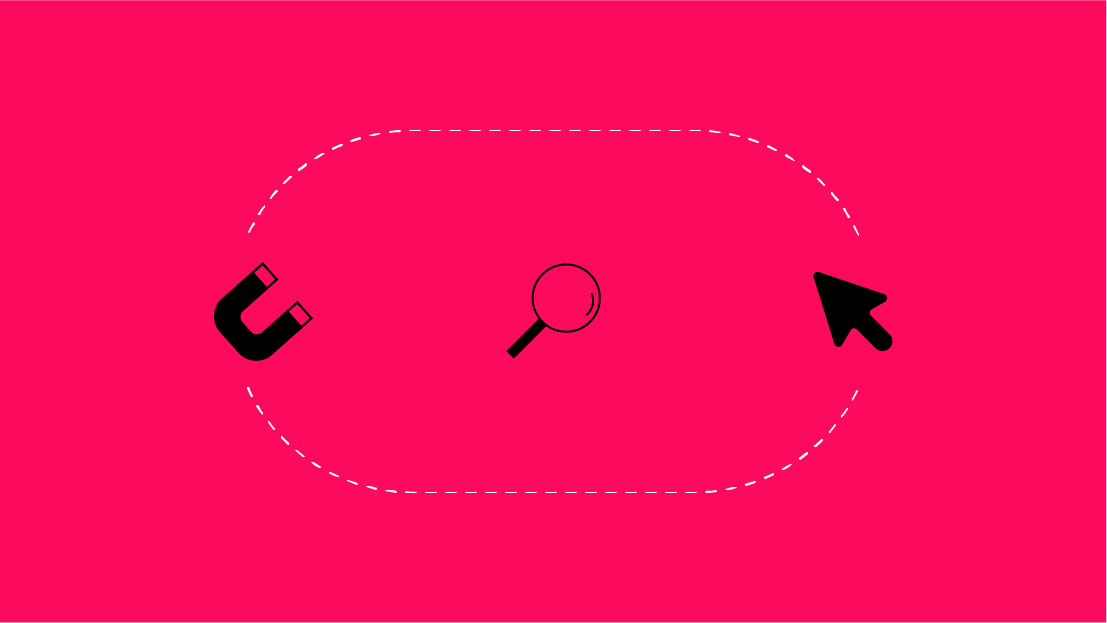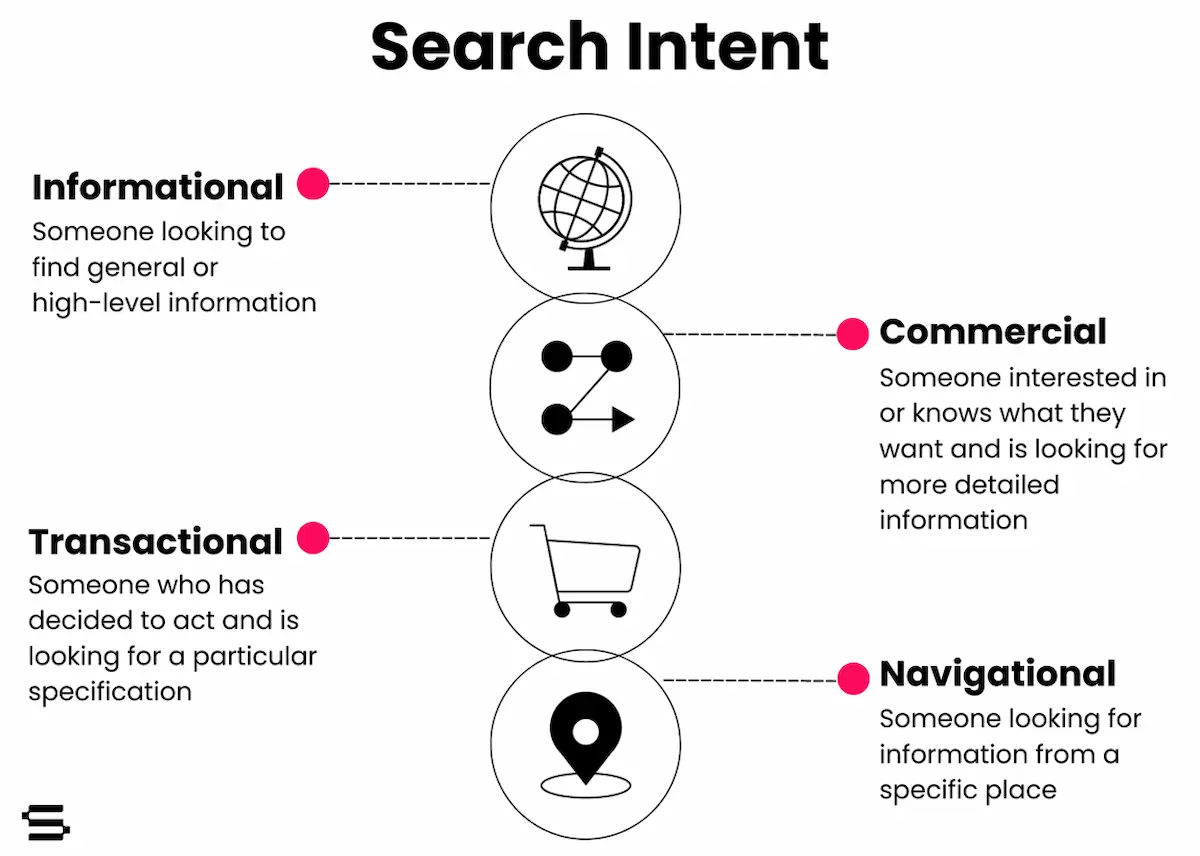Focus is Fleeting in The Digital Age...
The SEO world is fast-paced. Our industry is changing every day and there’s always something new to learn.
Right now at Seer, there are four or five ongoing initiatives that dozens of folks are pushing forward on top of their day-to-day work. As a company of ambitious data-geeks, we propel ourselves into the future every day with force of will alone. But how do we get so much done with only so many hours in the day?
One word: F O C U S.
The concept of focus has lost its meaning in the modern world. Drowned in a sea of pings and notifications, our attention is constantly grabbed at by a menagerie of attention-stealers. In the digital age there is no shortage of updates, alerts and notifications--how are we meant to focus in this deluge of distractions? Focus is attained with one simple tactic: eliminate all distractions.
An Impossible Task: Total Isolation
Eliminate all distractions--seems as simple to answer as ‘What is the color of jealousy?’ or something just as nonsensical. While it might seem impossible, eliminating all distractions is simple. But before I tell you how, we need to define what a distraction is:
noun:
a thing that prevents someone from giving full attention to something else.
Simple enough. This definition summons imagery of classic distractions: ringing cell phones, cranked-up television commercials, crying babies. It goes without saying that in order to focus, you should make your environment as peaceful as possible. No brainer, right? Problem solved. But wait--distraction has a second definition:
noun:
extreme agitation of the mind or emotions.
Yikes. This definition resonates a little too strongly for my tastes.
It summons up those painful 3PM moments, where you’ve got so much to do, a mind full of thoughts and a day running out of hours. Even in the quietest of rooms, a mind can be roaring! Does that mean we are doomed to the distractions built within in our own mind? Fear not--focus still has a foothold in the modern world, if you only strive to carve one out.
How to Eliminate All Distractions
There’s a simple system that can help you eliminate even the loudest distractions--and it’s as easy as 1, 2, 3.
Three Ds: Do It, Defer It, Delegate It
The Three Ds are the cornerstone of the book Getting Things Done by David Allen, a Productivity Consultant.
Aside from being my personal bible, GTD is an awesome book that’s been helping professionals stay productive for almost 20 years. It’s especially helpful if you’re working in an industry like SEO that’s always got something new coming up.
How it Works and What it Looks Like
Well first, choose a timeframe. The GTD method is scalable and can be used to eliminate distraction on both a daily and a lifetime basis.
For our example, we’ll use a week as our timeline. Then, we just list everything we’ve got to do this week:
Weekly To-Do ![]()
- Content Outline
- Industry Update
- Power BI Analysis
- Team Meeting
- Performance Update
- Blog Post
- Monthly Report
So this week, we’ve got seven main items. This is paired down for the sake of time, but you might find yourself with a list ten times as long--don’t fret! This system works on lists of any size. Our next step is to create three columns, which will each serve a separate purpose:
- Do It

- [Tasks in this column should be completed ASAP]
- Defer It

- [Tasks in this column should be deferred until all other items are resolved]
- Delegate It

- [Tasks in this column should be delegated to a teammate for completion]
Now that we’ve got our columns, we can start sorting!
Let’s take the first item on our list: Content Outline and sort it.
Say this Content Outline should be relatively short and completed for a B2B client. Which column does it belong in?
Well, let’s break it down: the task is simple, short and is probably familiar to someone who’s worked with this B2B client before. I think it’s safe to say we can delegate this one:
Delegate It![]()
- Content Outline
Okay, good start. But what about the rest? Well, no matter the length of your list, all tasks can be sorted into one of these categories.
If it’s urgent and you’re the best person to tackle it, do it. If there’s a bit of extra time and you’ve got more important things to do first, defer it. And if there’s someone better suited to the task, delegate it.
Soon, your list will look like this:
- Do It

- Power BI Analysis
- Blog Post
- Team Meeting
- Defer It

- Monthly Report
- Industry Update
- Delegate It

- Content Outline
- Performance Update
Looks a lot better, right? No need to root through this list and figure out next action, everything is sorted and the next steps are evident. Now you can easily work through the ‘do it’ section, attend to the ‘defer it’ section when the time comes and enjoy the free-space in your brain courtesy of the ‘delegate it’ section.
But wait, hold on, I know what you’re thinking--how does this format help me stay focused?
Well, the main tenet of Getting Things Done is this: the things that scream loudest inside our head are those things that need attention. By taking them out of our mind, placing them into a list and addressing them, we quiet their voices.
Focus is attained by eliminating all distractions. Distractions are eliminated by addressing them. The path to a focused future is paved by brick by brick--each one must be laid carefully and with consideration.
Stay Focused With Seer
Now you’ve got the tools you need to focus, get crackin'!
Make a list of all the things you need to do this week, create your columns and start sorting. I’m sure in no time, you’ll find yourself a little calmer and a lot more productive.


